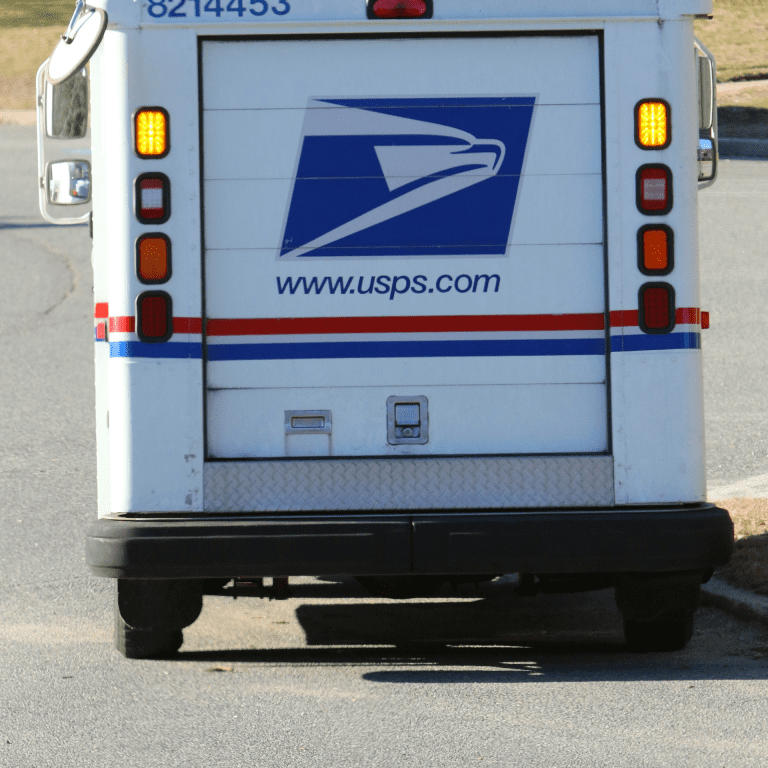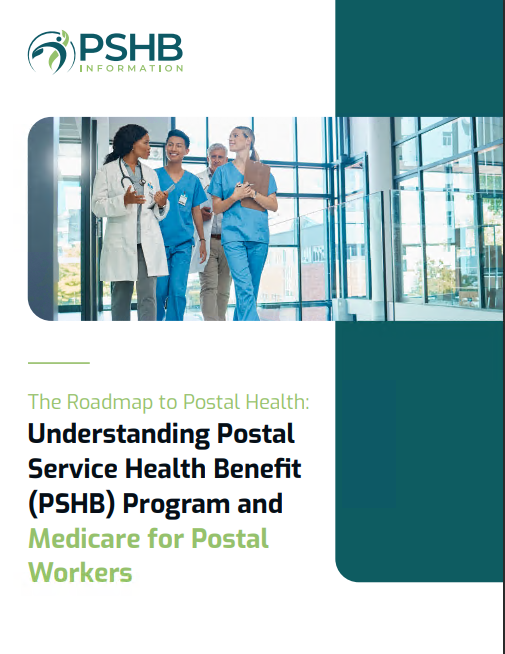Key Takeaways
-
In 2025, the Medicare Part D Employer Group Waiver Plan (EGWP) is fully integrated into the new Postal Service Health Benefits (PSHB) program for USPS retirees and their eligible family members who have Medicare.
-
EGWP enhances your prescription drug benefits significantly by capping annual out-of-pocket costs and offering broader pharmacy networks, making it a critical component of your 2025 coverage.
What EGWP Means for USPS Retirees in 2025
If you’re a retired Postal Service employee enrolled in Medicare, you’re now seeing major updates to your prescription drug coverage under the 2025 Postal Service Health Benefits (PSHB) program. A key part of these updates is the inclusion of the Medicare Part D Employer Group Waiver Plan, or EGWP.
EGWP is not just another drug plan—it’s a federally approved structure that allows employers like USPS to offer Medicare-eligible retirees enhanced prescription drug coverage through Medicare Part D. And in 2025, it’s fully built into your PSHB plan if you have Medicare Part A and B.
Why the EGWP Structure Matters to You
The EGWP isn’t a small change—it represents a structural upgrade to how prescription drugs are covered. Here’s what makes it essential:
-
Automatic Enrollment with Opt-Out Option: If you’re eligible for Medicare and enrolled in PSHB, you’re automatically enrolled in the EGWP unless you opt out. But opting out means losing your PSHB drug benefits.
-
Comprehensive Drug Coverage: EGWP is designed to mirror or exceed standard Medicare Part D plans, but with added employer benefits.
-
Built-In Cost Protections: The $2,000 annual out-of-pocket cap under Medicare Part D applies to EGWP plans in 2025, and this includes all your costs—deductibles, copays, and coinsurance.
How EGWP Works With Your PSHB Plan
When you have both Medicare and PSHB in 2025, your EGWP plan becomes your Medicare drug coverage. Your PSHB plan wraps around this to coordinate benefits and offer additional cost protections. Here’s how it typically functions:
-
Primary Payer: Medicare Part D (via EGWP) pays first.
-
Secondary Coverage: Your PSHB plan may step in to reduce copayments or fill in coverage gaps.
-
Single ID Card: You use one PSHB ID card to access both your health and drug benefits.
What to Know About the $2,000 Cap
One of the most talked-about improvements in 2025 is the introduction of the $2,000 annual out-of-pocket cap for prescription drug costs under Medicare Part D. Here’s what that means:
-
Once your total out-of-pocket spending reaches $2,000, your plan pays 100% of your covered drug costs for the rest of the year.
-
This cap includes spending from all sources: your deductible, coinsurance, and any copayments.
-
The cap resets annually, so your spending restarts on January 1 every year.
For USPS retirees in the EGWP, this protection applies seamlessly and significantly reduces your exposure to high drug costs.
Insulin and Other Critical Medications
As of 2025, the insulin copay cap of $35 per month continues under Medicare Part D and is incorporated into the EGWP structure. That means:
-
No matter what kind of insulin you need, you won’t pay more than $35 for a 30-day supply.
-
This copay cap applies even before you reach the $2,000 out-of-pocket limit.
-
Many other chronic medications also have lower cost-sharing under the EGWP plan.
Pharmacy Networks and Coverage Flexibility
EGWP plans under PSHB in 2025 offer expanded access to medications and providers. This helps ensure you’re not limited in how or where you can fill prescriptions.
-
National Pharmacy Access: You’ll have access to a broad network of retail pharmacies nationwide.
-
Mail-Order Options: Maintenance medications can be delivered to your home, typically with cost savings.
-
90-Day Supplies: Available for many prescriptions through preferred providers.
What Happens If You Opt Out of EGWP?
While you are automatically enrolled in EGWP as a Medicare-eligible PSHB enrollee, you do have the option to opt out. However, doing so has serious consequences:
-
You will lose your prescription drug coverage under PSHB.
-
You won’t be allowed to re-enroll in the EGWP for that plan year unless you qualify for a special enrollment period.
-
You’ll need to seek standalone drug coverage elsewhere, which may come with higher out-of-pocket costs and penalties if you delay enrollment.
Unless you have credible drug coverage through another source, opting out of EGWP is generally not recommended.
Who Is Required to Be Enrolled in Medicare Part B?
To stay enrolled in PSHB and gain access to the EGWP, certain Medicare-eligible USPS retirees and family members must also be enrolled in Medicare Part B. Here’s who must enroll:
-
Retirees who were not already retired before January 1, 2025
-
Family members who become Medicare-eligible after this date
There are exemptions for those who were already retired by January 1, 2025, or meet certain other criteria, such as having VA coverage or living abroad.
Coordination With Medicare Part D Rules
The EGWP structure is approved by Medicare and complies with all Part D rules, including:
-
Standard Formulary Requirements: EGWP plans must cover a wide range of drugs, but may have their own list of preferred medications.
-
Utilization Management: Step therapy, prior authorization, and quantity limits may still apply.
-
Annual Changes: The formulary and cost structure may change each year, so reviewing your Annual Notice of Change is important.
Key Dates and Enrollment Timing
You don’t have to do anything to enroll in EGWP if you’re already enrolled in PSHB and Medicare. Here’s a look at key timelines:
-
Annual Enrollment Period: Runs from October 15 to December 7 each year for Medicare. Changes are effective January 1.
-
PSHB Open Season: Occurs each year from November to December. This is when you can change PSHB plans.
-
EGWP Enrollment: Automatic upon PSHB enrollment if you have Medicare.
If you opted out of EGWP but later want to rejoin, you may have to wait for the next Open Season or qualify for a Special Enrollment Period.
What to Watch For in 2025
With the new PSHB structure now active, EGWP plays a critical role in how your medications are covered. Here’s what you should monitor:
-
Mailings and Notices: Watch for communications from your plan and from Medicare about EGWP details.
-
Formulary Updates: Each plan has its own list of covered drugs, which can change annually.
-
Coordination with Medicare Part B: Make sure you remain compliant with enrollment requirements.
It’s essential to review your plan materials every fall to confirm your coverage is still the right fit.
Getting the Most Out of EGWP in 2025
To take full advantage of your drug benefits this year, consider these strategies:
-
Use in-network or preferred pharmacies for lower out-of-pocket costs.
-
Take advantage of mail-order services for long-term medications.
-
Stay on top of your prescriptions to avoid gaps in therapy or coverage.
-
Contact your plan if you’re prescribed a drug not on the formulary—they may offer alternatives or allow exceptions.
Why It All Matters
Prescription drug costs have been a source of financial stress for many retirees, but the integration of EGWP into the PSHB system in 2025 is a major improvement. With cost protections, simplified access, and enhanced coverage, your medications are more affordable and more manageable than in previous years.
Make sure to keep an eye on your benefits, avoid opting out unless absolutely necessary, and stay informed. If you need help understanding your options or reviewing your plan, speak with a licensed agent listed on this website for professional advice.







